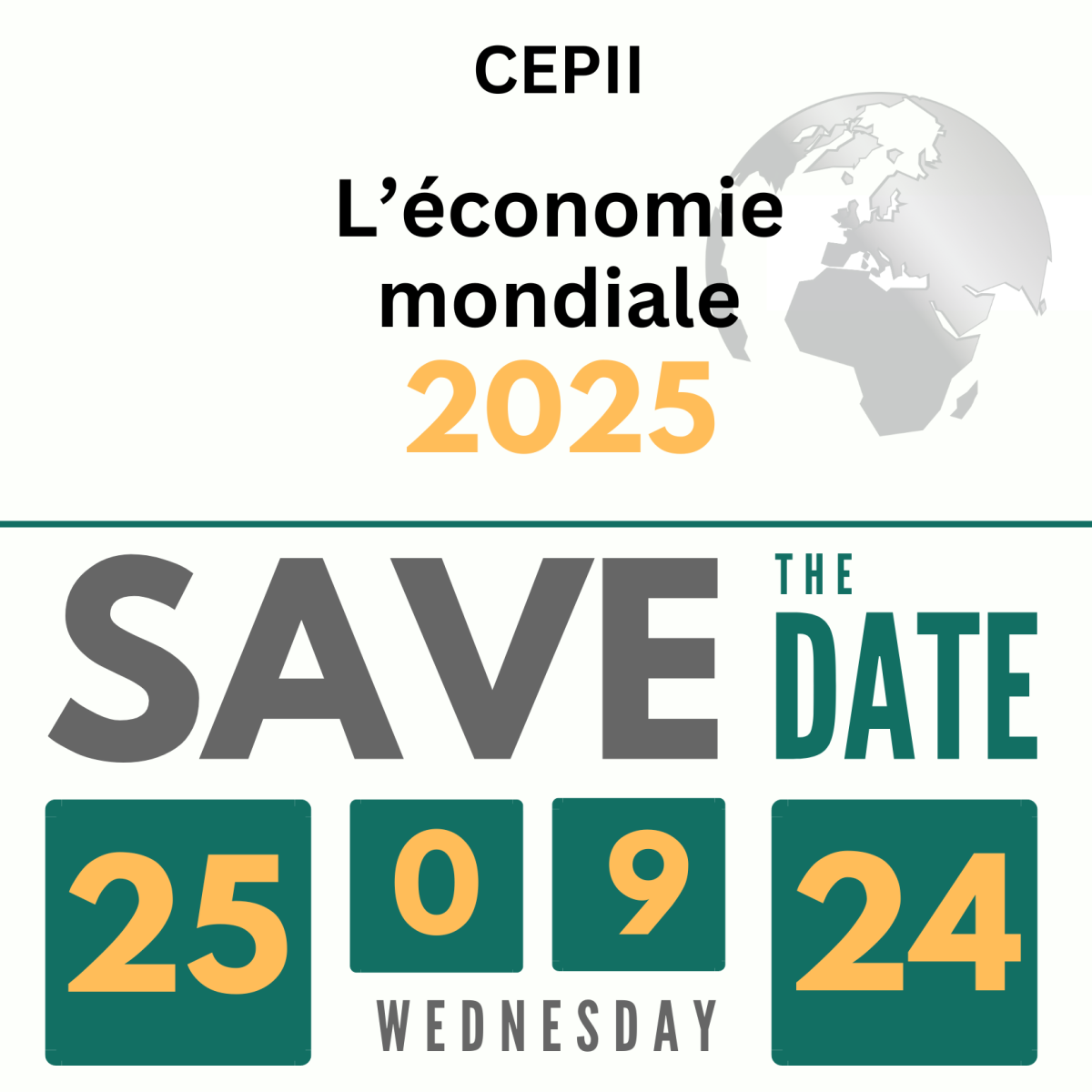The automotive industry faces two disruptions: China’s emergence as a leading global auto exporter, and the transition from internal combustion engine (ICE) to electric vehicles (EVs). Detailed data on sales by origin/destination/model show that the automotive market is primarily local or continental, with limited sales originating from distant countries for both ICE and EV. Accordingly, foreign direct investment (FDI) is an important mode of supply for foreign markets. Insights from Japanese and Korean brands’ market penetration in the 2000s and 2010s suggest that successful models are primarily sold through local assembly; the most successful Chinese EV models in Europe are close or above the investment threshold. Examination of potential differences between EV and ICE indicates evolving comparative advantages: while EVs are not inherently more traded compared to other vehicles, China currently leads in cells and modules, but not yet in assembly. Down the value chain, the median distance between battery production and assembly is 215 km in 2022, suggesting localized sourcing in EV similar to combustion engines and larger than ICE transmissions. Thierry Mayer, Vincent Vicard, Pauline Wibaux
>>> |
- Will Chinese Auto Export Boom Transform into Local Production in Europe?
Thierry Mayer, Vincent Vicard, Pauline Wibaux
- The Industrial Cost of Fixed Exchange Rate Regimes
Blaise Gnimassoun, Carl Grekou, Valérie Mignon - Reconciling Contrasting Views on the Growth Effect of Currency Undervaluations
Cécile Couharde, Carl Grekou, Valérie Mignon, Florian Morvillier
- European Economic Security: Current Practices and Further Development
François Chimits, Conor McCaffrey, Juan Mejino Lopez, Niclas Frederic Poitiers, Vincent Vicard, Pauline Wibaux
Presentation of the CEPII's annual publication "The World Economy 2025"
September 25, 2024
The 14th Annual International Conference "Immigration in OECD countries"
December 12 - 13, 2024
Premature deindustrialization in most emerging and developing economies is one of the most striking stylized facts of the recent decades. In this paper, we provide solid empirical evidence supporting that the choice of a fixed exchange rate regime accelerates this phenomenon. Relying on a panel of 146 developed, emerging, and developing countries over the 1974-2019 period, we show that fixed exchange rate regimes have had a negative, significant, and robust effect on the size of the manufacturing sector —developing countries being the most affected by the industrial cost of such a regime. Additional gravity model regressions show that the impact of fixed regimes passes through the trade channel. In particular, this regime has kept countries with low relative productivity in a state of structural dependence on imports of manufactured products to the detriment of the emergence of a strong local manufacturing sector. Blaise Gnimassoun, Carl Grekou, Valérie Mignon
>>> |
 >>> |
- Contact us
- Our other sites
 |
ISSN: 1255-7072
Editorial Director : Antoine BouëtManaging Editor : Evgenia Korotkova








.PNG)


